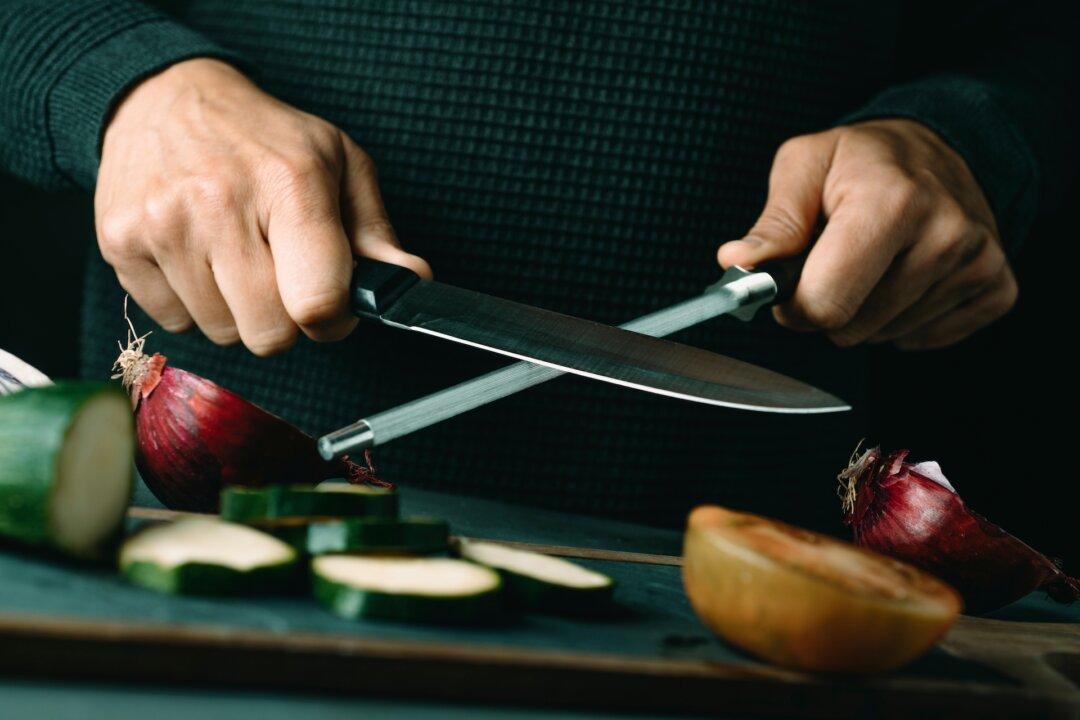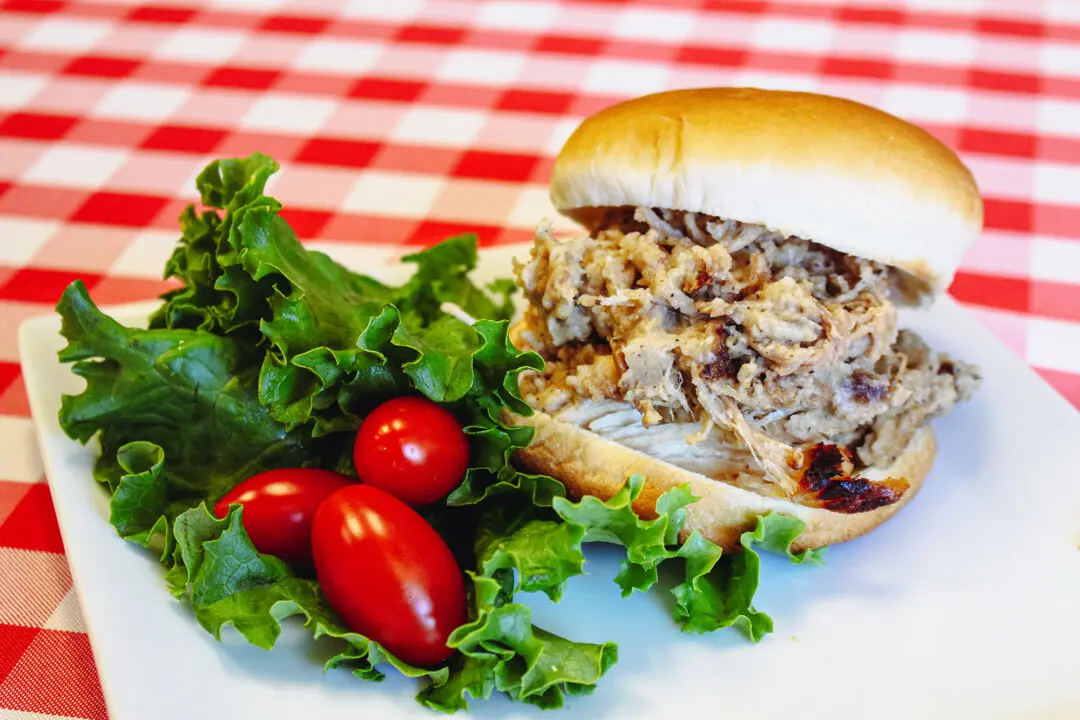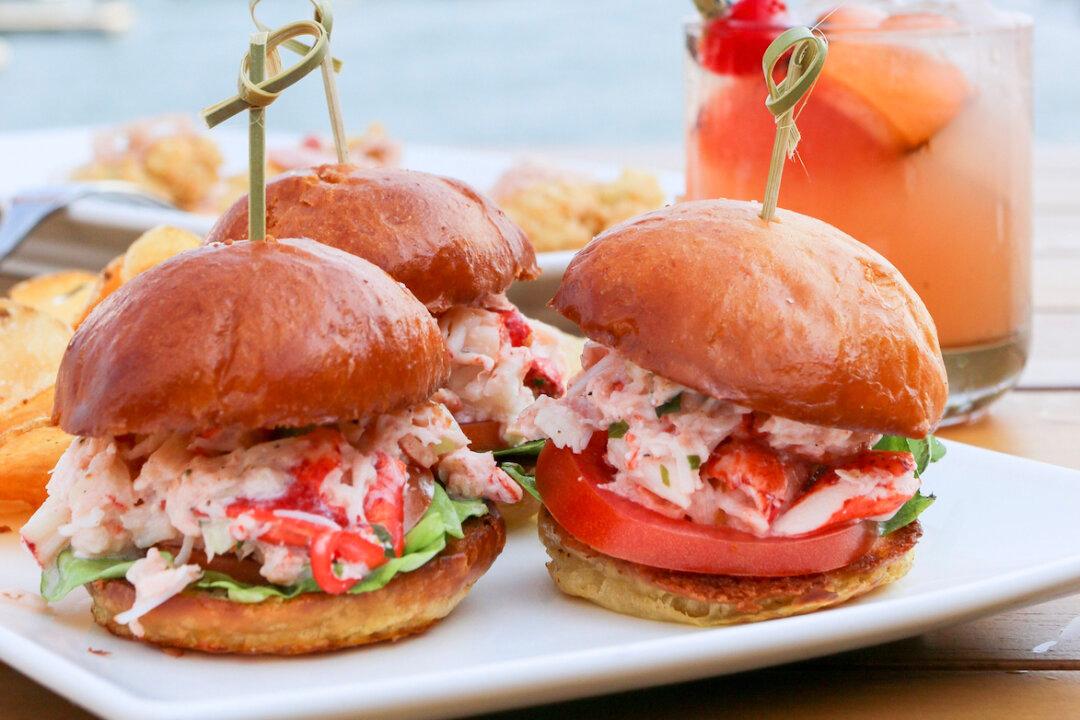If you’re like me, you probably have a collection of kitchen knives in various states of usefulness. You know—ones so dull they’ll smash a ripe tomato instead of slicing it. Compare this to a well sharpened blade: When drawn lightly across the surface, it glides through with the weight of the knife alone, no extra force needed.
At the other extreme, my grandfather so excessively sharpened a knife over the years that the edge of the blade took on a wavy shape half its original width.





